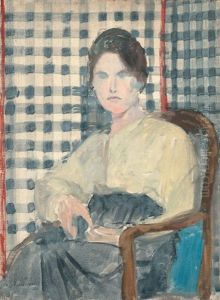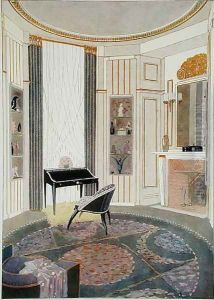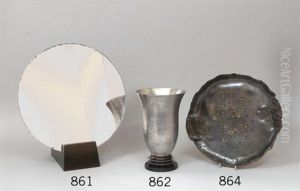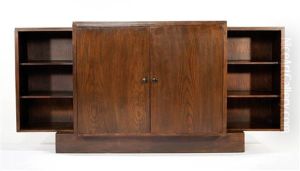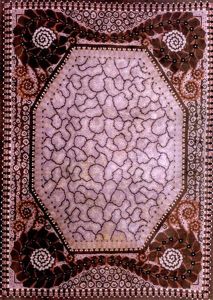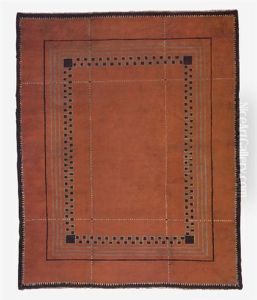Emile Jacques Ruhlmann Paintings
Emile Jacques Ruhlmann, born on August 28, 1879, in Paris, France, was an iconic French designer widely celebrated for his contributions to the Art Deco movement. His work, characterized by its elegance, high-quality materials, and impeccable craftsmanship, played a pivotal role in shaping the aesthetic of the early 20th century. Ruhlmann's designs spanned furniture, interiors, and decorative objects, all of which showcased his mastery over form and his innovative use of materials.
Ruhlmann's early career began in the shadow of the Arts and Crafts movement, but he quickly established a distinct style that embraced modernity while respecting traditional craftsmanship. By the 1920s, his reputation had soared, largely due to his participation in the 1925 Exposition Internationale des Arts Décoratifs et Industriels Modernes in Paris. This event, which gave the Art Deco movement its name, featured Ruhlmann's work prominently, cementing his status as a leading figure in the design world.
His approach to design was meticulous and detail-oriented, often employing luxurious materials such as exotic woods, ivory, and shagreen. Ruhlmann was known for his belief that furniture should embody both functionality and beauty, a principle that guided his creations towards a harmonious blend of simplicity and opulence. Despite the lavish materials and painstaking methods involved, his designs maintained clean lines and a sense of restraint, distinguishing them from the more elaborate and ornamental styles of the past.
Ruhlmann's legacy is not only in his surviving works but also in his influence on the course of design. He was a mentor to many and his principles on the importance of quality and aesthetics in everyday objects have continued to inspire designers. Despite his relatively short life—he died on November 15, 1933, in Paris—Ruhlmann's vision and craftsmanship have left an indelible mark on the world of design, making him one of the Art Deco era's most enduring figures.
